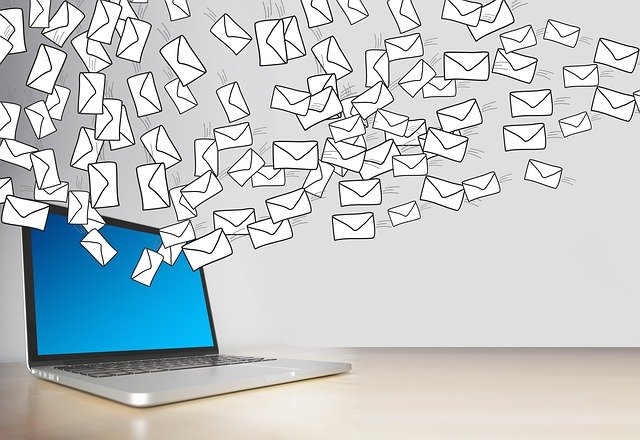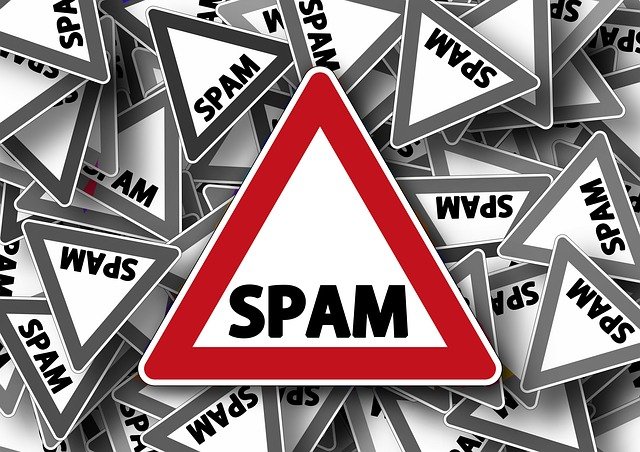Do you run email marketing campaigns? If not, you’re probably missing out.
Email marketing is an extremely cost-effective way to reach your target audience and increase your brand’s visibility in real-time. Since many people check their inboxes regularly, the potential for engagement is quite high— provided that you do it right and the necessary email marketing etiquettes are observed.
If you’re wondering how to run a successful email marketing campaign, below are some proven strategies that will help you succeed.
Define your audience
You’re probably thinking “Where do I even begin with this?”
There’s no one-size-fits-all approach to email marketing. Different types of campaigns are appropriate for different audiences, so it’s important to have a clear idea of who you’re reaching out to before diving in.
It is always easier to craft an effective email campaign when you know whom you intend to send it. Remember that different people respond differently to these messages. Knowing who they are and what they expect is half the job of a successful email marketing campaign.
Have an email marketing plan

Before you send out any emails, it’s important to have a plan in place. It should include things like who you are targeting with the email, what content you will be sharing, and when you will be sending out the email.
You’ll also want to define what your specific goals are and the length of time you will be running the campaign. This will help you to better track how your campaign is doing. This will give you the chance to make the necessary changes and tweaks to your approach for better success.
Personalize the experience
Although it can be tempting to send the same email to everyone, that’s usually not the best strategy. Different audiences respond to different types of emails, so it’s important to tailor your message to each person.
This helps you match your message with the recipient’s specific needs and preferences. Write the email in a conversational tone and focus on what the recipient cares about most. You can also use testimonials, case studies, and other examples to personalize your copy.
Segment your intended market

One of the most important things to take into account in email marketing is how different people in your audience would be able to respond to your email marketing message. With this strategy, it is easier to tailor your approach for better engagement.
For instance, the generation to which the recipient belongs tends to influence how they will respond or engage with the email. Baby boomers and Gen X-ers tend to respond more positively to call-to-action buttons to get more information while millennials prefer infographics. With this, you can tweak your email based on your intended market for a higher success rate.
Have a creative subject line
Subject lines are crucial because they’re the first thing people see when they open an email. They should be clear and concise, so people know exactly what they’re getting into.
You’ll want to make them creative and interesting enough to catch your recipient’s attention. You’ll also want to include enough information to pique their curiosity about what the rest of the email contains. Cliffhangers on the subject line may also be one way to effectively do this.
Discuss what’s in it for your readers

While email marketing campaigns are intended to help boost your sales, it is also important not to sound too salesy in your emails. Doing so will only likely put off your audience and you run the risk of them unsubscribing altogether.
A very important mindset when sending out emails is to remember that first and foremost, you want to build a relationship with your recipient. So, if you have a new product coming out, talk to them about the benefits— what’s in it for them rather than the product’s features.
This gives the impression that you care for them and are looking out for them. Also, it is informative and not salesy, which is crucial to keeping them interested.
Don’t forget the calls-to-action
A call to action encourages the recipient to take some kind of action, such as clicking a link, filling out a form, or sharing an article. It can also help you track responses to emails by prompting recipients to enter their email addresses so you can follow up with them later.
Calls-to-action can be used in every stage of email marketing: initial outreach, newsletter creation, and nurturing. From start to finish, they are an important element of every successful campaign.
Take advantage of email automation

Email automation is an essential component of any successful email marketing strategy. The goal of automated email marketing is to send consistent, relevant content to interested prospects. This is important because it helps keep people on your list engaged with your brand at all times.
By automating certain workflows and processes, you can free up time for more strategic tasks. This not only makes your email marketing campaigns more efficient but also helps to increase their effectiveness.
With email automation, you can schedule messages and assign tasks to ensure that your emails are sent at optimal times and are in high demand. Another important aspect is the ability to track the success of your emails to determine which campaigns are working best and which ones need some adjustments.
Keep it concise
Keep your email short and to the point. People are busy, and they don’t want to read a paragraph of text.
Give them what they want in as few words as possible. Make sure you include your subject line with your body copy so that people can see what your email is about right away.
Another thing to keep in mind is using bullets. Bullets make it easy for people to skim through your email and see what’s going on. If you have a lot of information, break it down into smaller sections. Also, keep things clear by using simple language and spelling.
Avoid spamming

Spam is a major problem in digital marketing. It’s easy to inadvertently send too many emails, which can result in fewer clicks and less engagement.
Unwanted email messages can also make people feel frustrated, or annoyed. Every subscriber has a threshold of how many emails from the same sender they can tolerate. Don’t go over that threshold or you’ll risk getting flagged as spam.
Get the most out of your email marketing campaigns
When it comes to marketing your brand, email marketing is a no-brainer. It’s an affordable and efficient way to reach potential customers. That said, running a successful email marketing campaign can be daunting for anyone new to the concept.
Fortunately, there’s plenty you can learn about running an email marketing campaign from scratch. With the right strategies, you can make your email marketing campaign more successful than ever.

